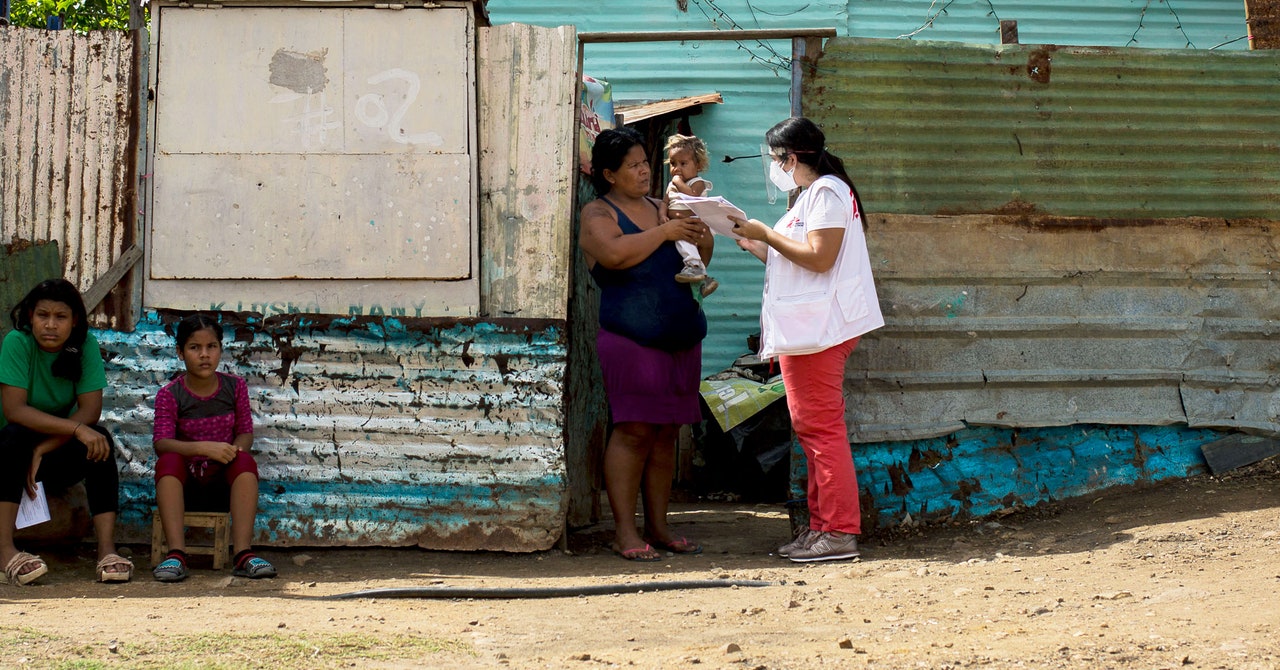
When Patrick Duffy started his career at the Walter Reed Army Institute of Research in 1991, scientists were already a few years into testing a first-of-its-kind vaccine that would protect against malaria. Thirty years later, the World Health Organization has finally recommended the product of that research as a malaria intervention for children under age 5 in Africa. The RTS,S vaccine, also called Mosquirix, is the first vaccine to protect against a parasite.
Duffy, now the chief of the Laboratory of Malaria Immunology and Vaccinology at the National Institute of Allergy and Infectious Diseases, is excited about its potential to reduce the toll of a disease that kills more than 400,000 people every year. But he’s well aware that this vaccine isn’t a universal solution. “This prevents clinical malaria in children,” he says. But it doesn’t stop transmission of the parasite from mosquitoes to humans, and it doesn’t protect everyone who is vulnerable. “What about pregnant women? What about elimination?” he asks. “I feel as though this is a base upon which improvements can be made.”
Scientists at the pharmaceutical company GlaxoSmithKline (GSK) first conceived of RTS,S in the 1980s, targeting children under 5, who account for over 65 percent of malaria fatalities. People develop immunity to the parasite as they age, so adults don’t become as seriously ill as children if they are infected. This vaccine is meant to speed up that process, giving kids protection until their immune systems are stronger.
But it took a long time to test the vaccine. GSK partnered with organizations including Walter Reed, the Bill and Melinda Gates Foundation, and clinics in seven African countries to run clinical trials. The European Medicines Agency assessed the vaccine as safe and effective after Phase III clinical trials conducted by GSK from 2009 to 2011 found it was 50 percent effective at preventing serious illness. But WHO officials were still not convinced it would work in a real-world context, because the vaccine requires four doses, delivered as shots, over the course of 18 months. So GSK ran an additional pilot program in 2019, testing the product in Ghana, Kenya, and Malawi.
Although health ministries in each country have to approve the vaccine, a recommendation by the WHO is a big endorsement. But scaling up manufacturing to make millions of doses, organizing national health systems to distribute them, and getting financial aid from nonprofits and other countries takes time. “There is still a lot of work to do before the vaccine would be available more broadly,” says Ashley Birkett, director of the malaria vaccine initiative at PATH, a nonprofit that helped develop the vaccine.
Malaria is a complicated parasite that has evolved alongside humans for thousands of years. Unlike respiratory viruses like the flu that spread through the air, malaria is spread by mosquitoes. They pick up the parasite from the blood of infected people, and then bite others in the community, passing the parasite along to them. While the SARS-CoV-2 virus has around 10 genes that code for 29 proteins, Plasmodium falciparum, one of five parasites that cause malaria, has a much larger genome that codes for over 5,000 proteins.


